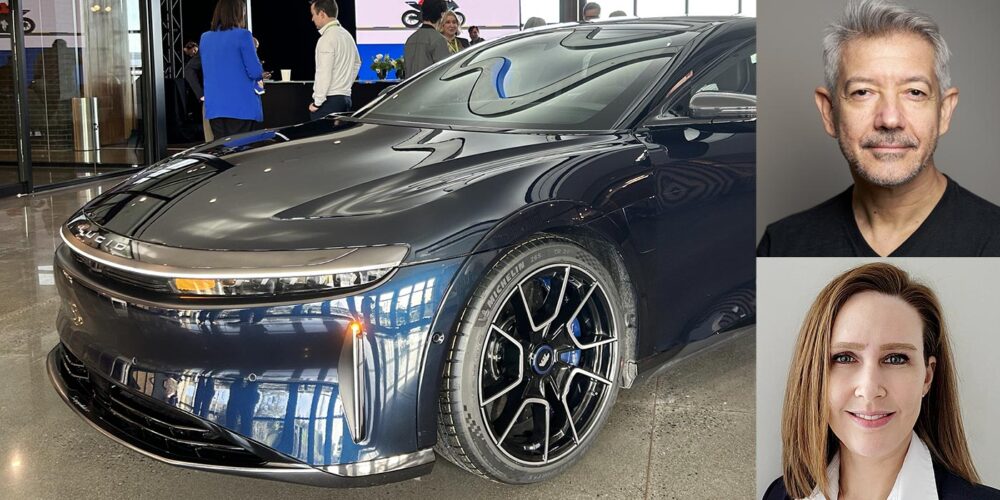When you’re driving and you see a driver mistakenly hit a pothole or curb, don’t you cringe a bit? You never know what damage that will do. And for the most part, you don’t, until a while later when a customer shows up at your shop with a driving complaint.
This is common when you’re dealing with wheel bearings. Let’s talk about how to detect wheel-bearing noise and assess its damage in this Tire Review Continental Tire Garage Studio video.
When a driver hits a pothole or curb hard enough, extreme forces are put onto the wheel bearing’s balls, rollers and races. This can result in small marks on the bearing’s surface. No biggie at first, but over time, these marks cause a surface defect the exceeds material’s hardness limit. Eventually, they could cause the bearing to make noise, and as the marks keep rotating, it could damage the entire bearing.
So when a customer comes into your shop, how do you know that it’s the bearing that needs replacing? There are a few tests you can do.
First, do an audio inspection. The typical sound associated with a bad bearing is a grinding noise that changes with vehicle speed while accelerating above 30 mph. A rumbling, growling, chirping or cyclic noise of any kind from the vicinity of the wheels is a good indication that the bearings need to be inspected without delay.
Another common method of testing is to lift the vehicle and grab the wheel at the 12 o’clock and 6 o’clock positions to feel if there is any noticeable play. By grabbing the wheel at these points, any play in the steering system is eliminated. But, with some hub units, the failure tolerance may be so low that a bad bearing is undetectable. In these cases, a dial-runout gauge could be your best friend.
When replacing a wheel bearing, be sure to use high-quality hub units and bearings. High-quality parts typically use higher-quality materials and heat-treating processes that make for harder surfaces. These harder surfaces are tougher to scratch and damage under hard impacts.
Don’t forget to follow us on Instagram and Facebook and subscribe to our YouTube channel for more tire, service and shop operations videos.













